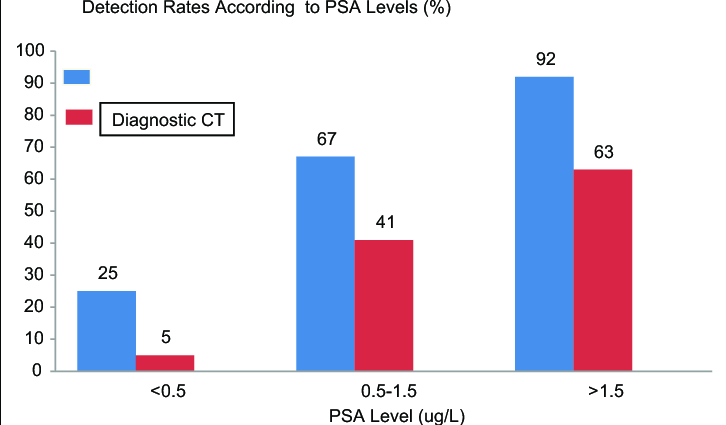Contents
Analysis of the level of prostate specific antigen in the blood
Definition of the analysis of the level of prostate specific antigen in the blood
Le PSA or APS (For Prostate Specific Antigen, in French) is a molecule secreted by prostate in men, which plays a role in semen liquefaction after ejaculation.
When the concentration of PSA in the blood is higher than normal, it may indicate the presence of prostate cancer. Indeed, its rate is proportional to the size of the prostate and the activity of the prostate (therefore cell multiplication).
The PSA is therefore used as ” tumor marker », During all stages of the management of prostate cancer, and sometimes for its screening (although it is not a reliable diagnostic marker).
Remember that prostate cancer is the most common cancer in men, ahead of lung cancer and colorectal cancer. It is the third leading cause of cancer death in humans.
Why do a PSA level analysis?
The dosage of PSA in the blood allows, in association with the digital rectal examination, to participate in the prostate cancer screening.
In the event of a diagnosis of prostate cancer, the PSA test is also used at all stages of the disease:
- in the evaluation of the response to treatment,
- during follow-up,
- to diagnose recurrence.
Warning: PSA is not specific for prostate cancer and its increase can also be observed in other prostate disorders, such as benign prostatic hypertrophy, inflammation or infection.
About screening: The systematic determination of PSA in the blood from a certain age to detect prostate cancer is the subject of scientific controversy. As most prostate cancers evolve slowly and would not appear during a person’s life, the value of this screening has been questioned several times. In France, the Haute Autorité de Santé (HAS) now considers “that the establishment of a screening program for prostate cancer by assaying total serum PSA is not recommended, whether in the general population or in high-risk men ”.
The French urology association recommends screening in men:
- 45 to 54 years old: organized screening for at-risk groups (family history, African or Caribbean origin)
- 55 to 69 years old: organized screening annually if the PSA is greater than 1 ng / ml, every 3 years if the PSA is less than 1 ng / ml
- from 70 to 75 years: individual screening offered to the patient associated with information on the disease, its treatments and their adverse effects
- After age 75, screening is not recommended
In practice, the prescription of a serum PSA dosage remains very frequent.
What results can we expect from an analysis of the PSA level?
The amount of PSA in the blood is determined by a blood test, most often carried out at the bend of the elbow. No preparation is required.
There are two main forms of PSA: PSA bound (to transport proteins) and free PSA. The assay evaluates total PSA, which is the sum of bound PSA and free PSA.
What results can we expect from an analysis of the PSA level?
The level is usually considered normal if it is less than 4 ng / ml (nanograms per milliliter). However, a high PSA level does not necessarily mean that the person has prostate cancer Other conditions can increase the level, such as having a digital rectal exam, a biopsy of the prostate. , but also sexual intercourse, etc. In addition, the level of PSA gradually increases with age.
In more detail, as an indication, the PSA rate is generally:
- less than 2,5 ng / ml before age 50,
- less than 3,5 ng / ml between 50 and 60 years old,
- less than 4,5 ng / ml between 60 and 70 years
- less than 6,5 ng / ml between 70 and 80 years
In the event of an abnormal result (greater than 4 ng / mL but above all greater than 10 or rapidly increasing rate of more than 0,75 ng / mL / year), the doctor will order a series of other examinations to make the diagnosis or assess the situation. Notably :
- digital rectal examination, which allows you to feel the size of the prostate and detect any abnormal growth
- imaging exams
- a prostate biopsy (endorectally), especially if the level is above 10 ng / ml
Read also : Our fact sheet on colorectal cancer All you need to know about prostate cancer |










